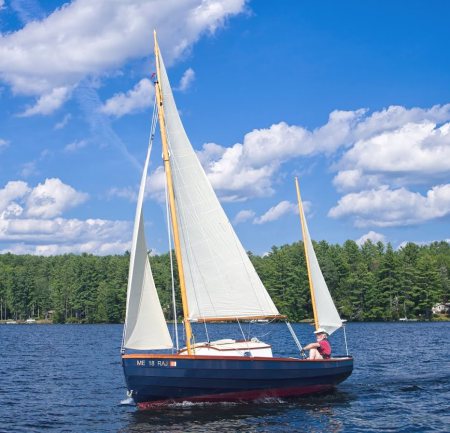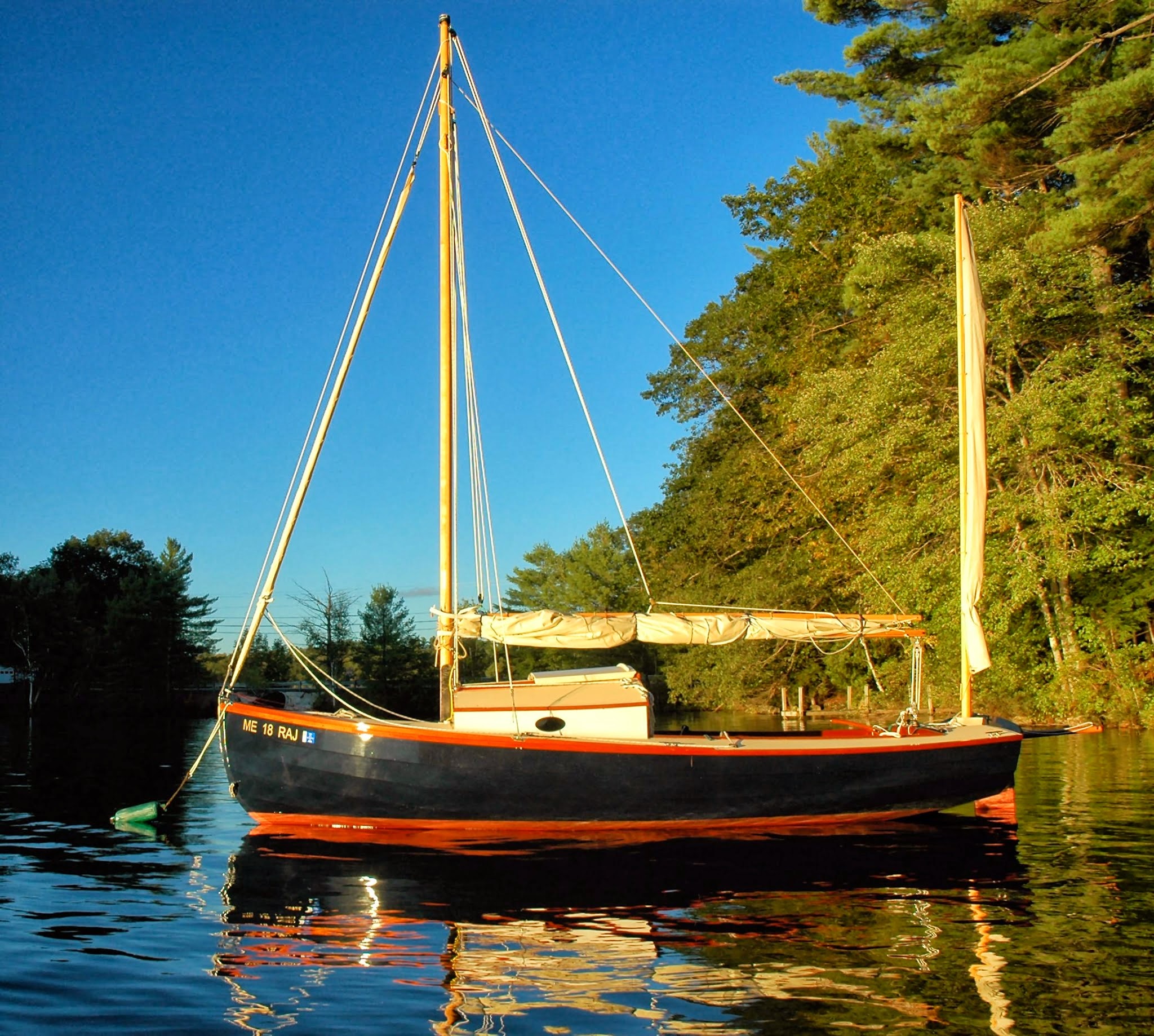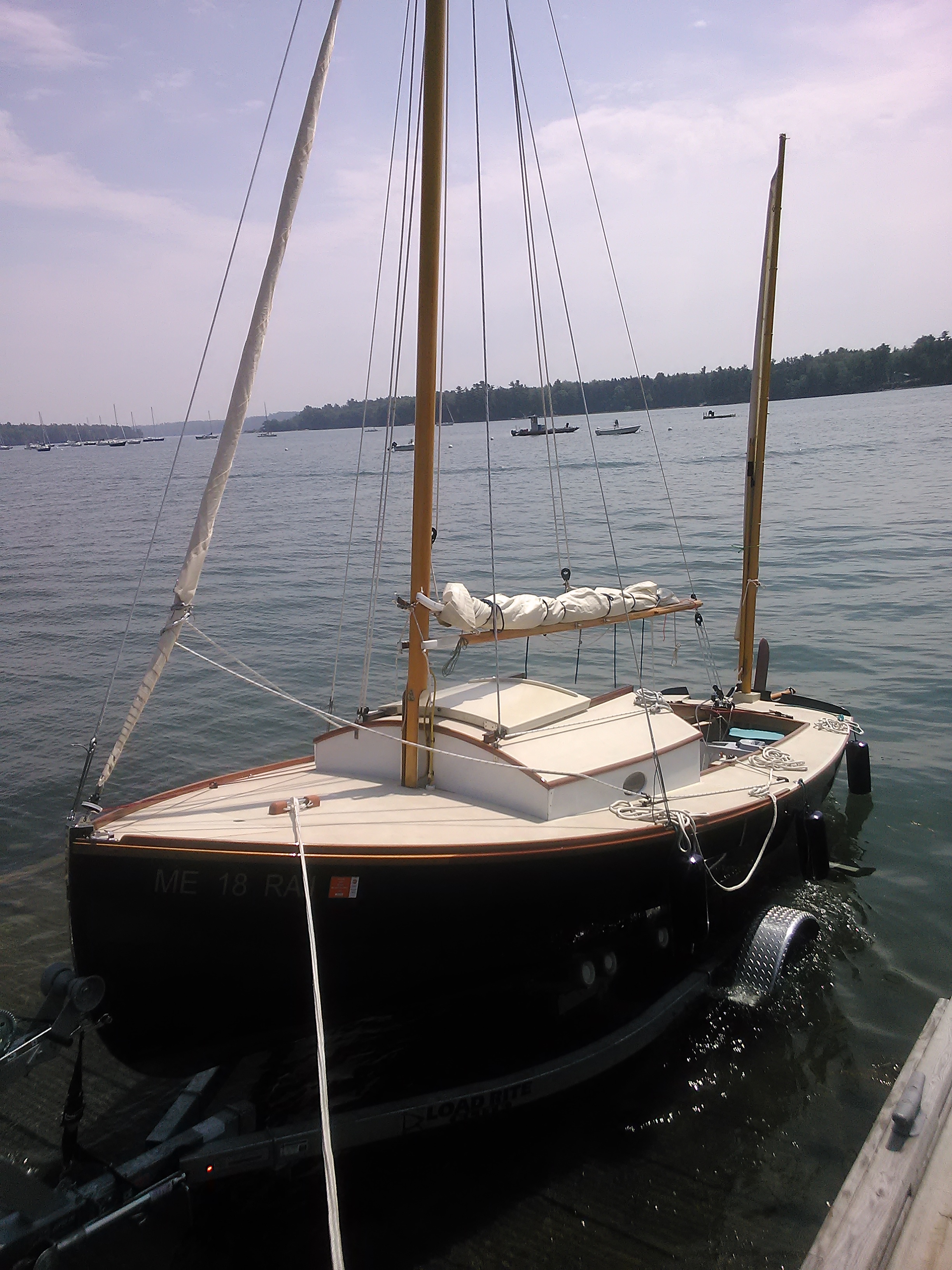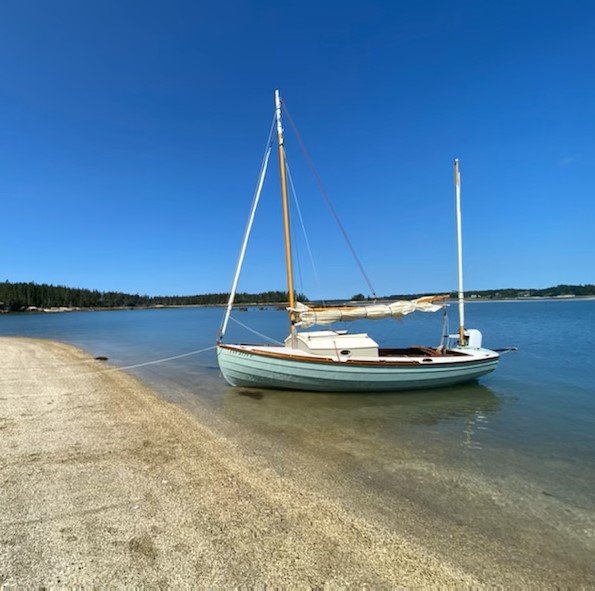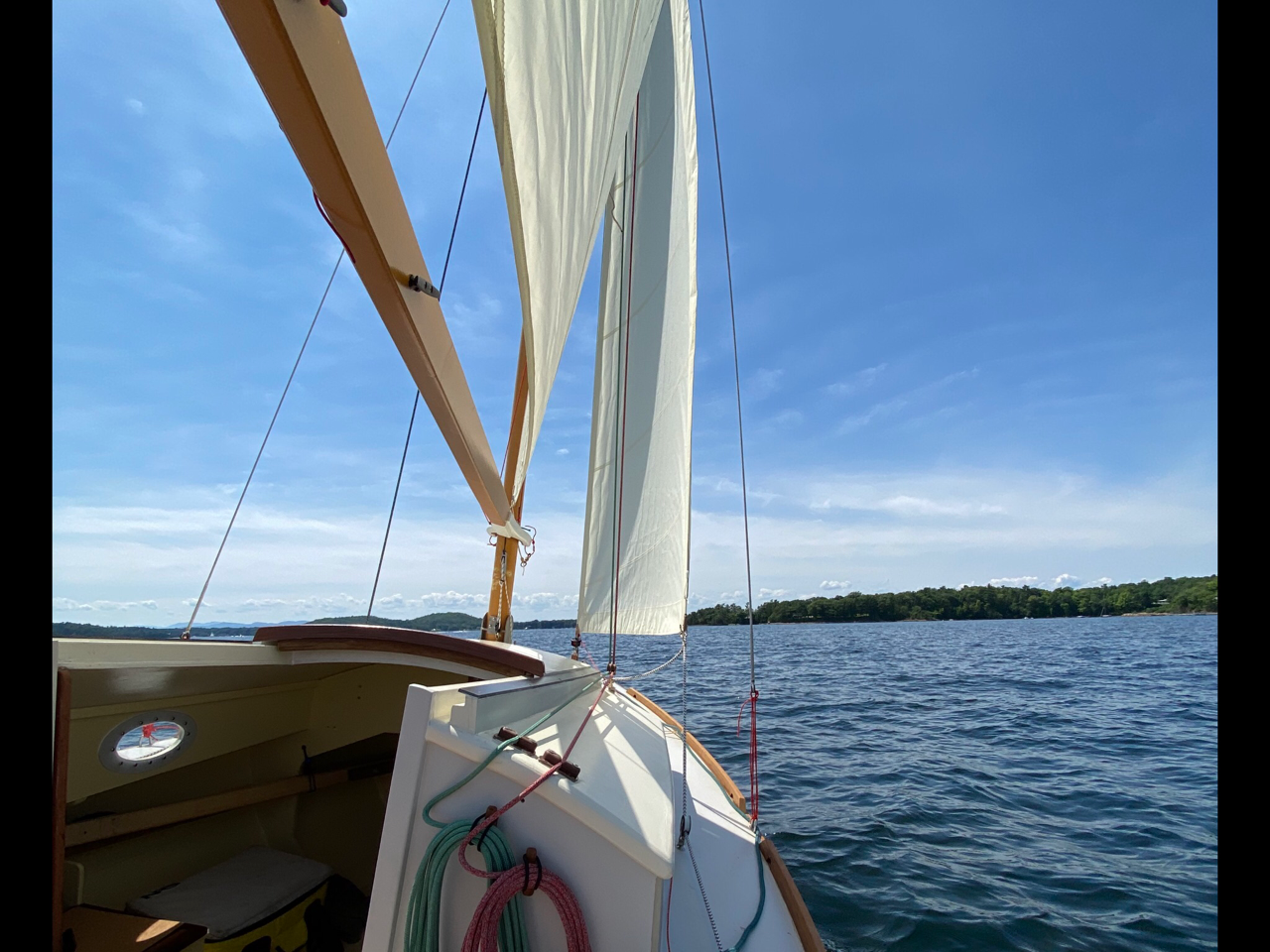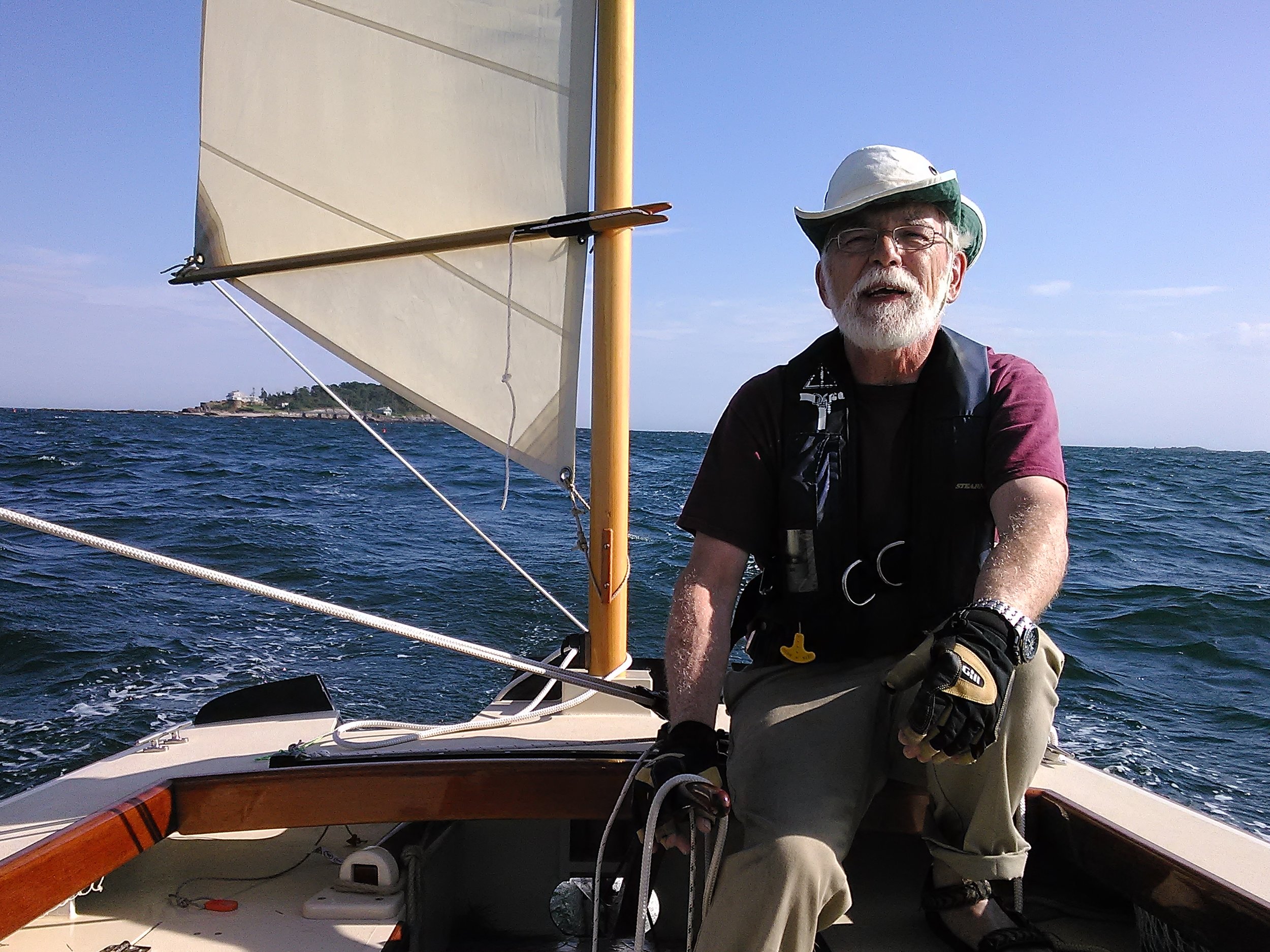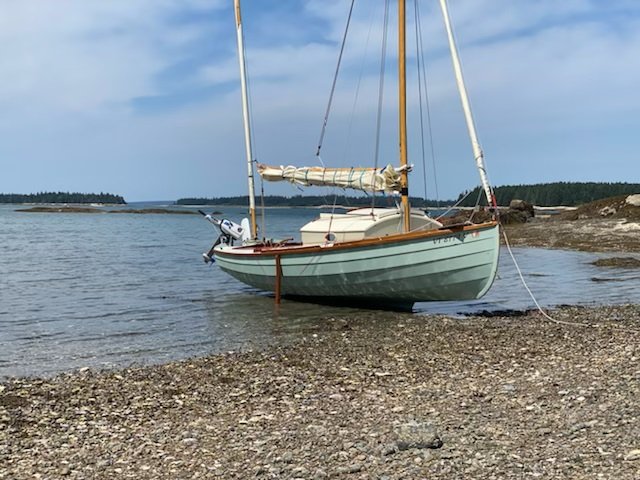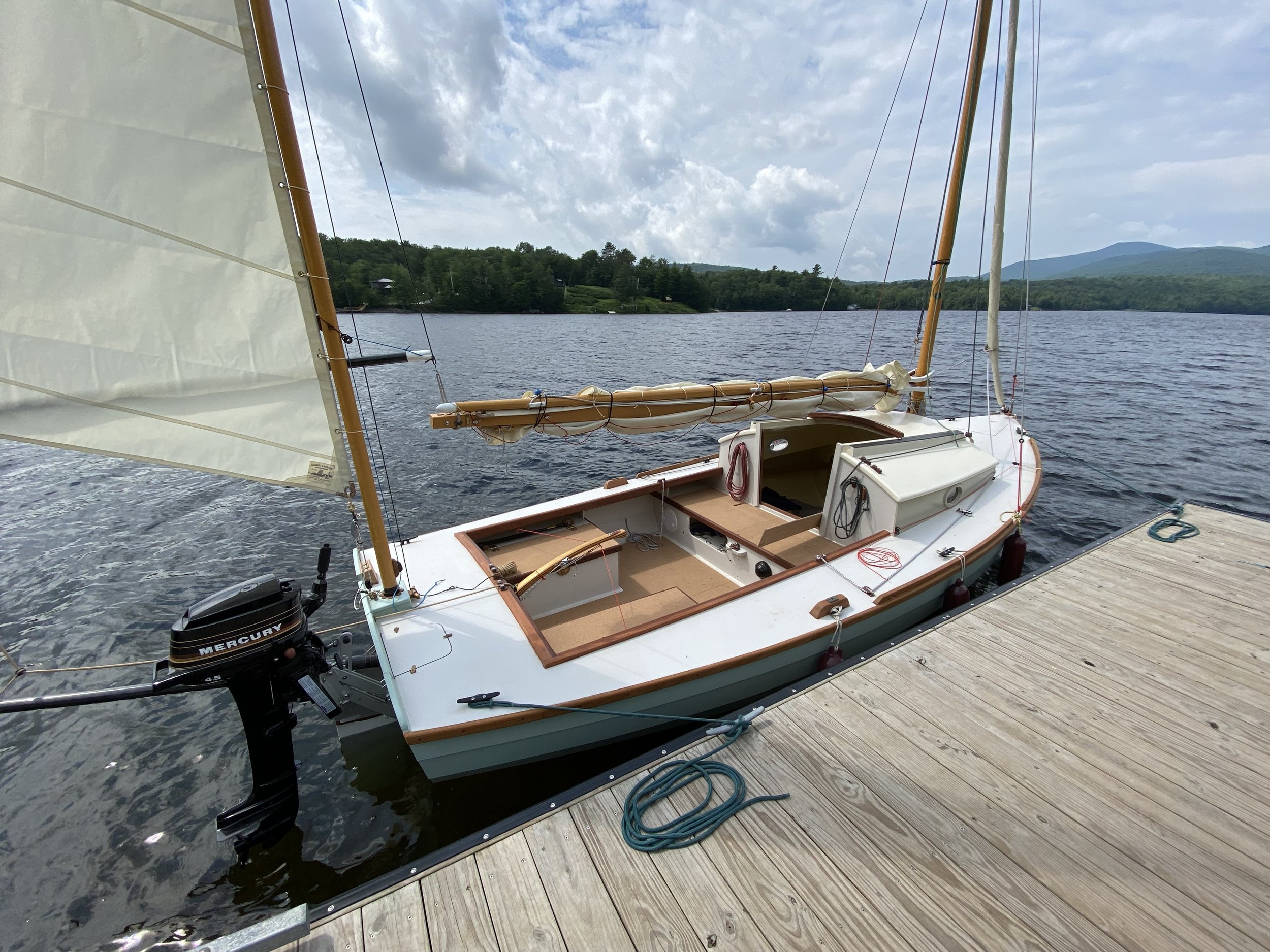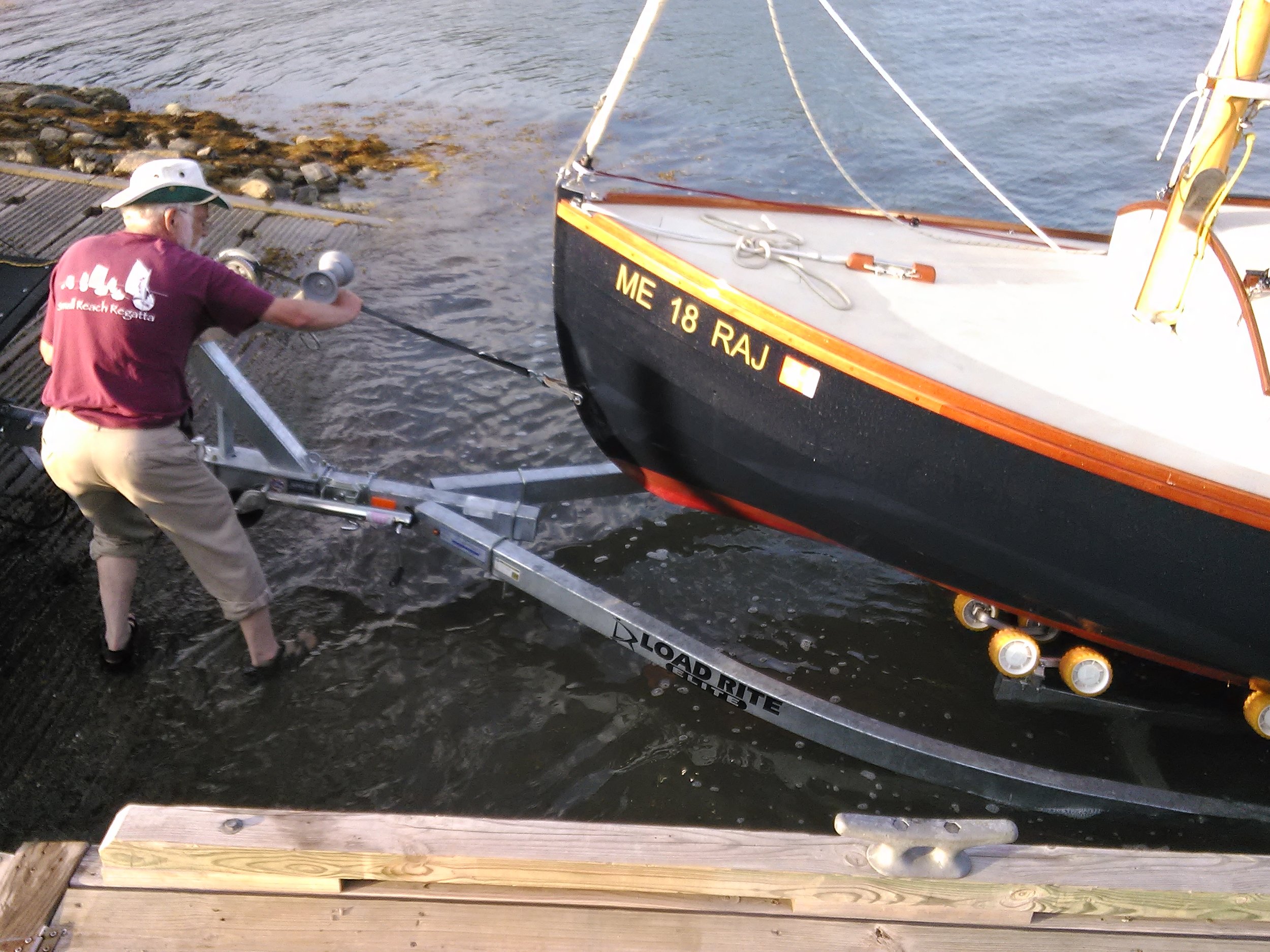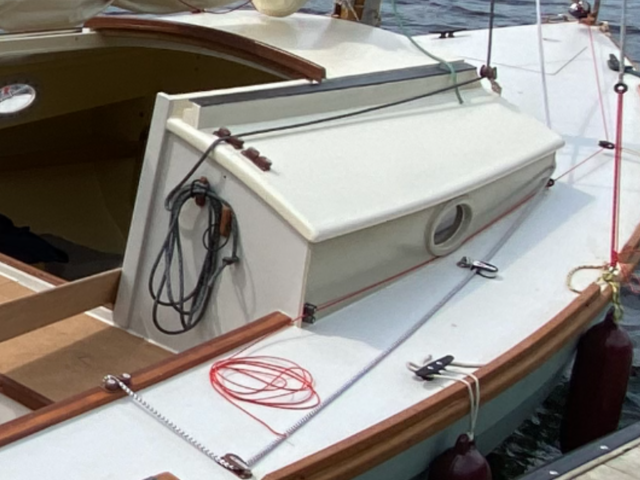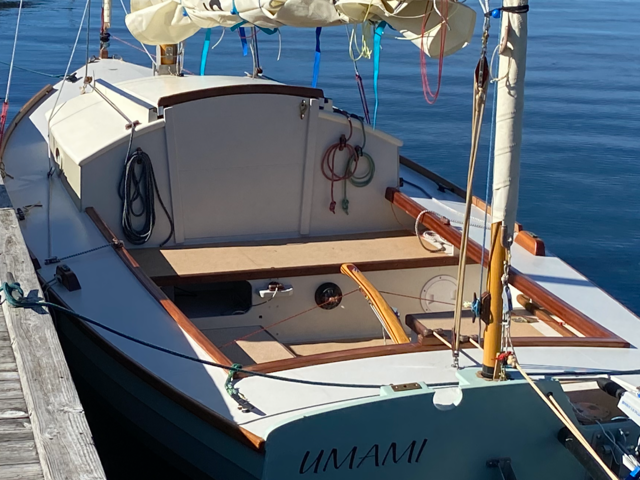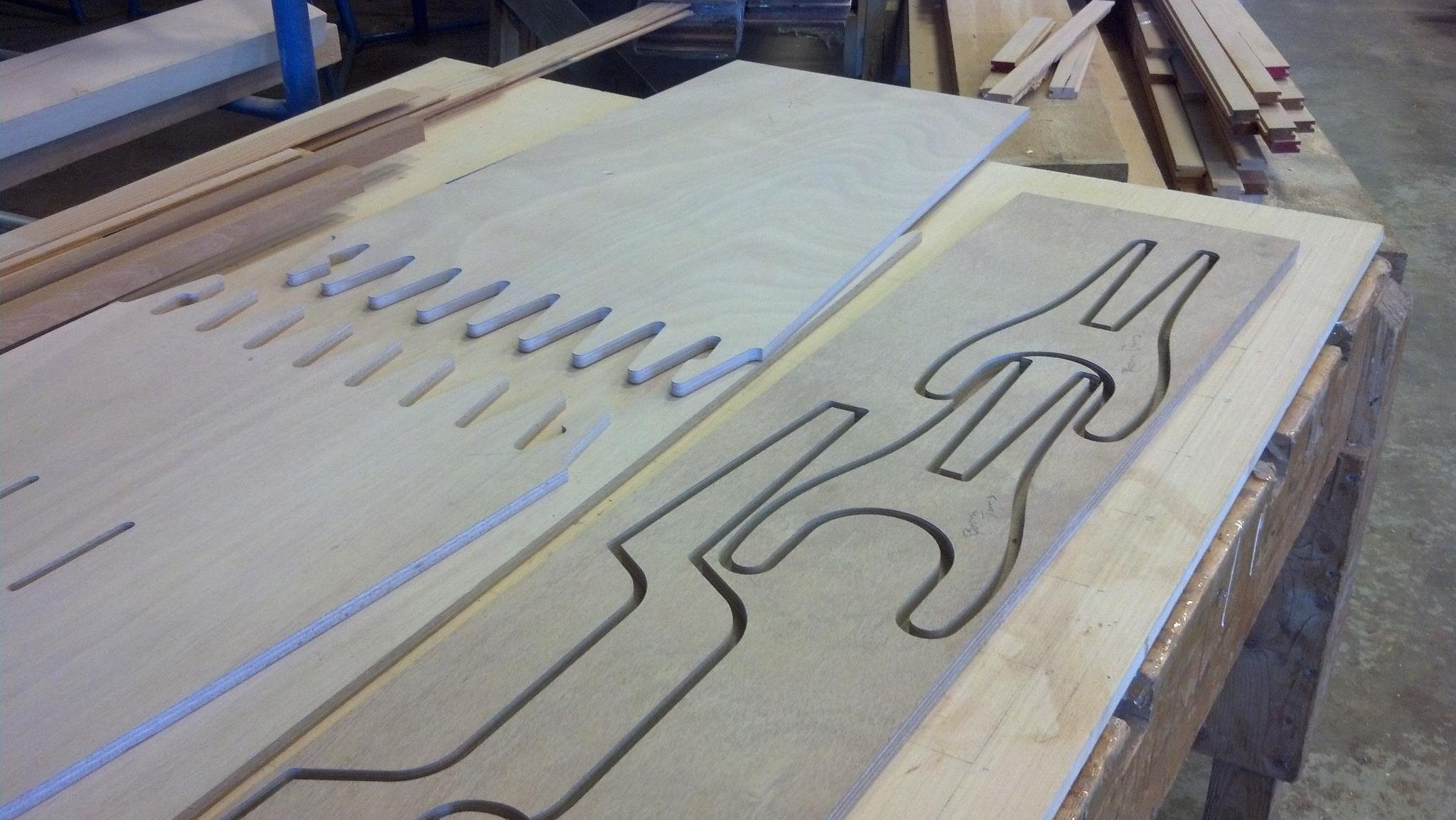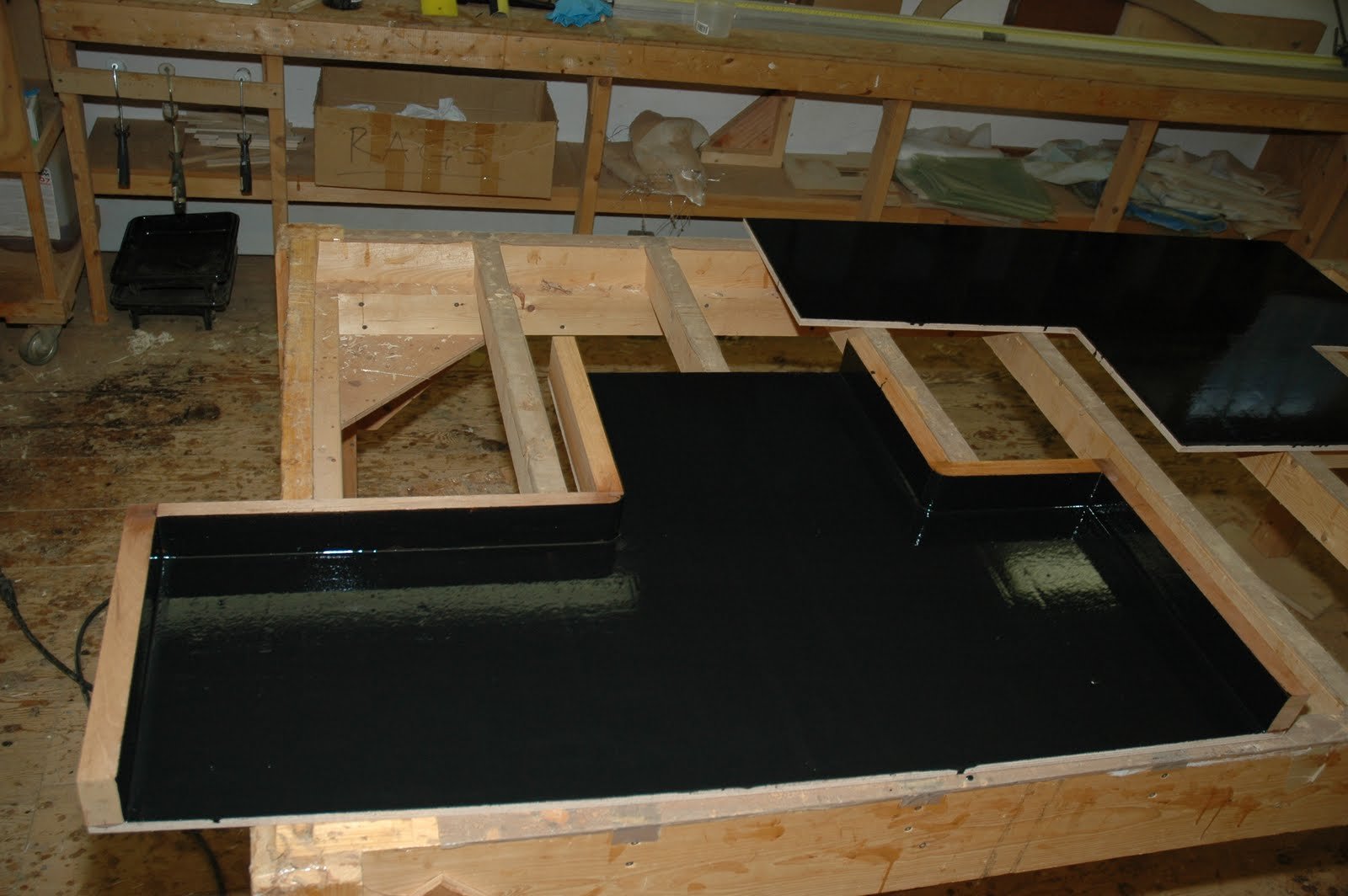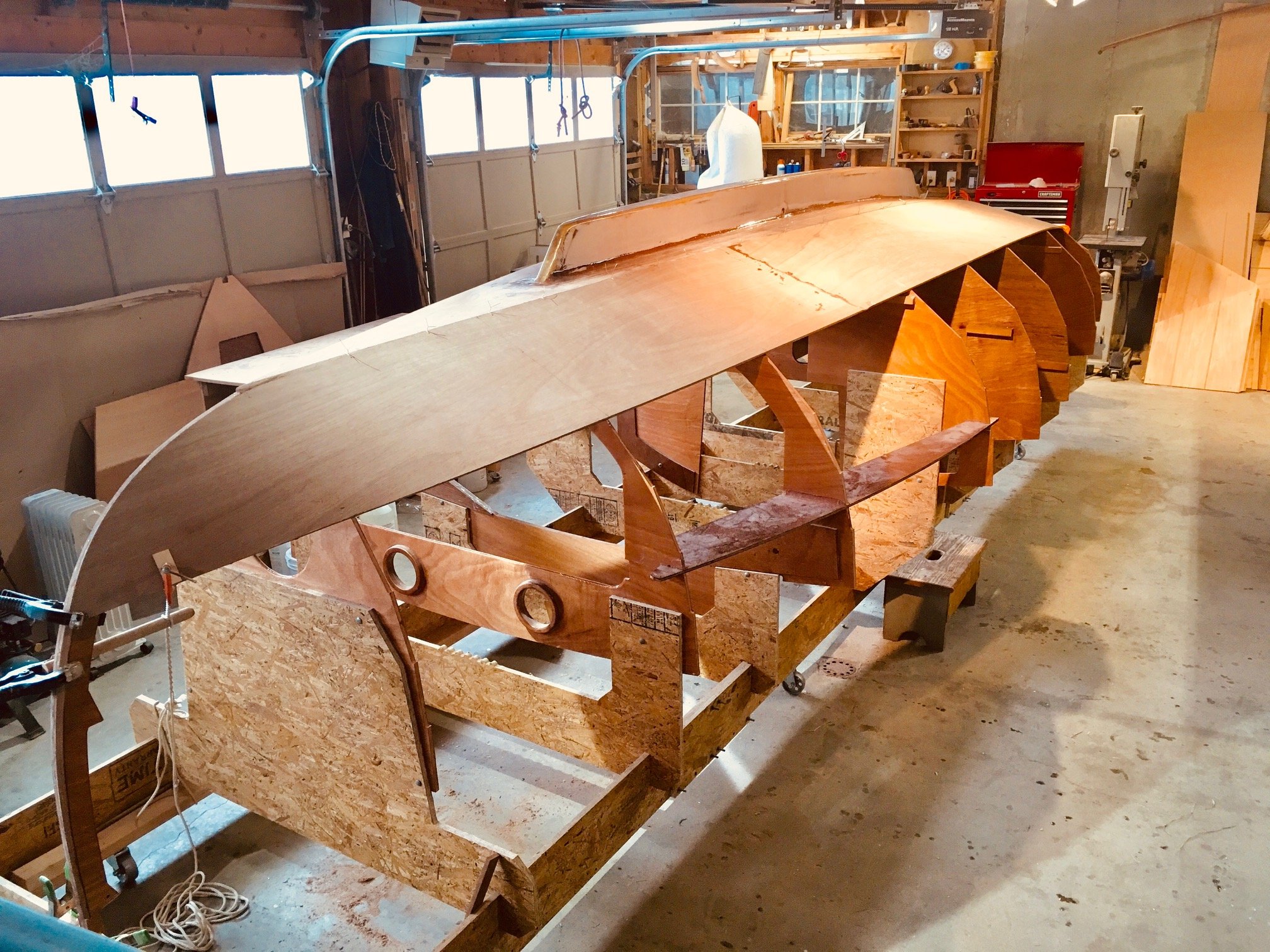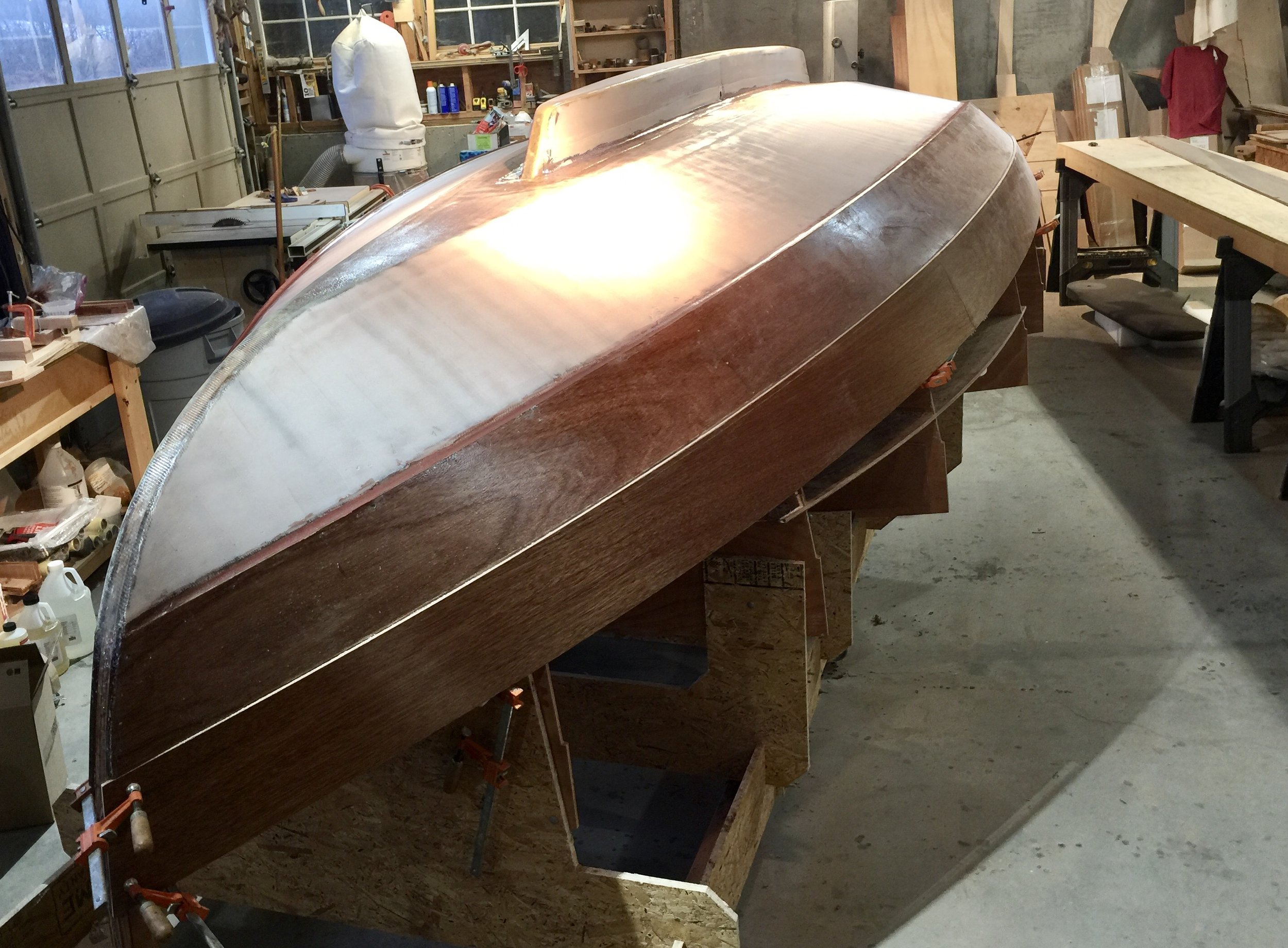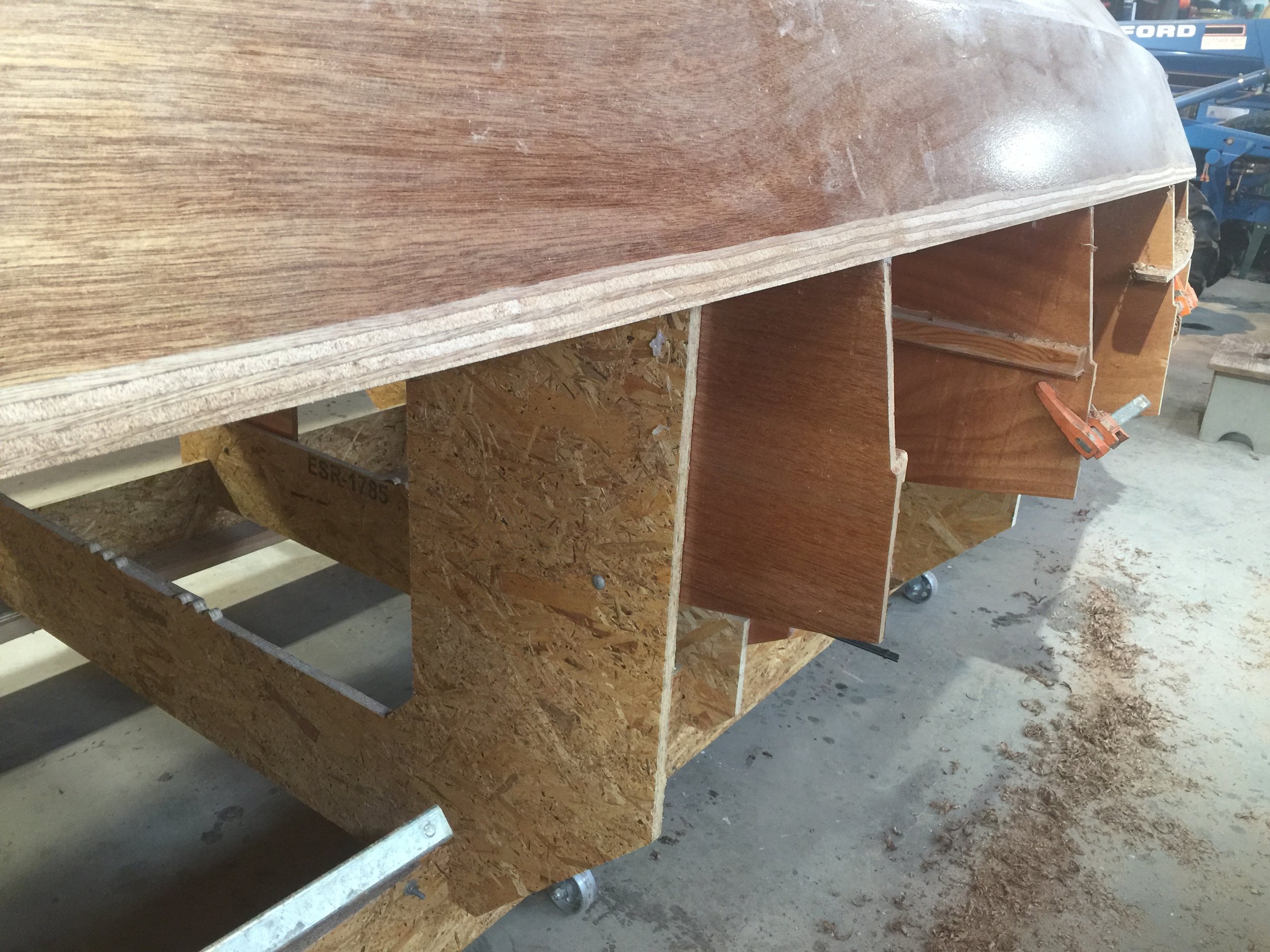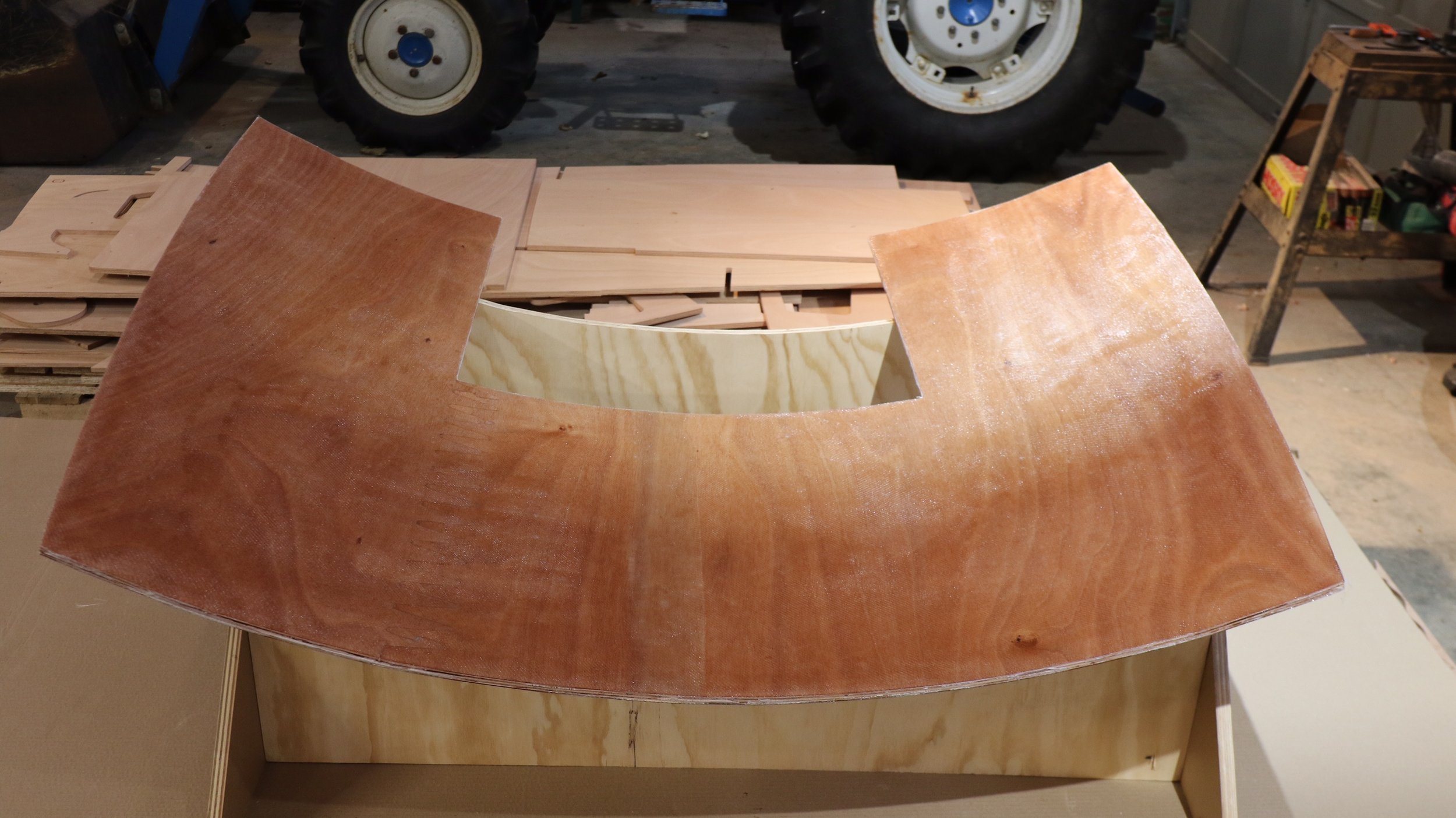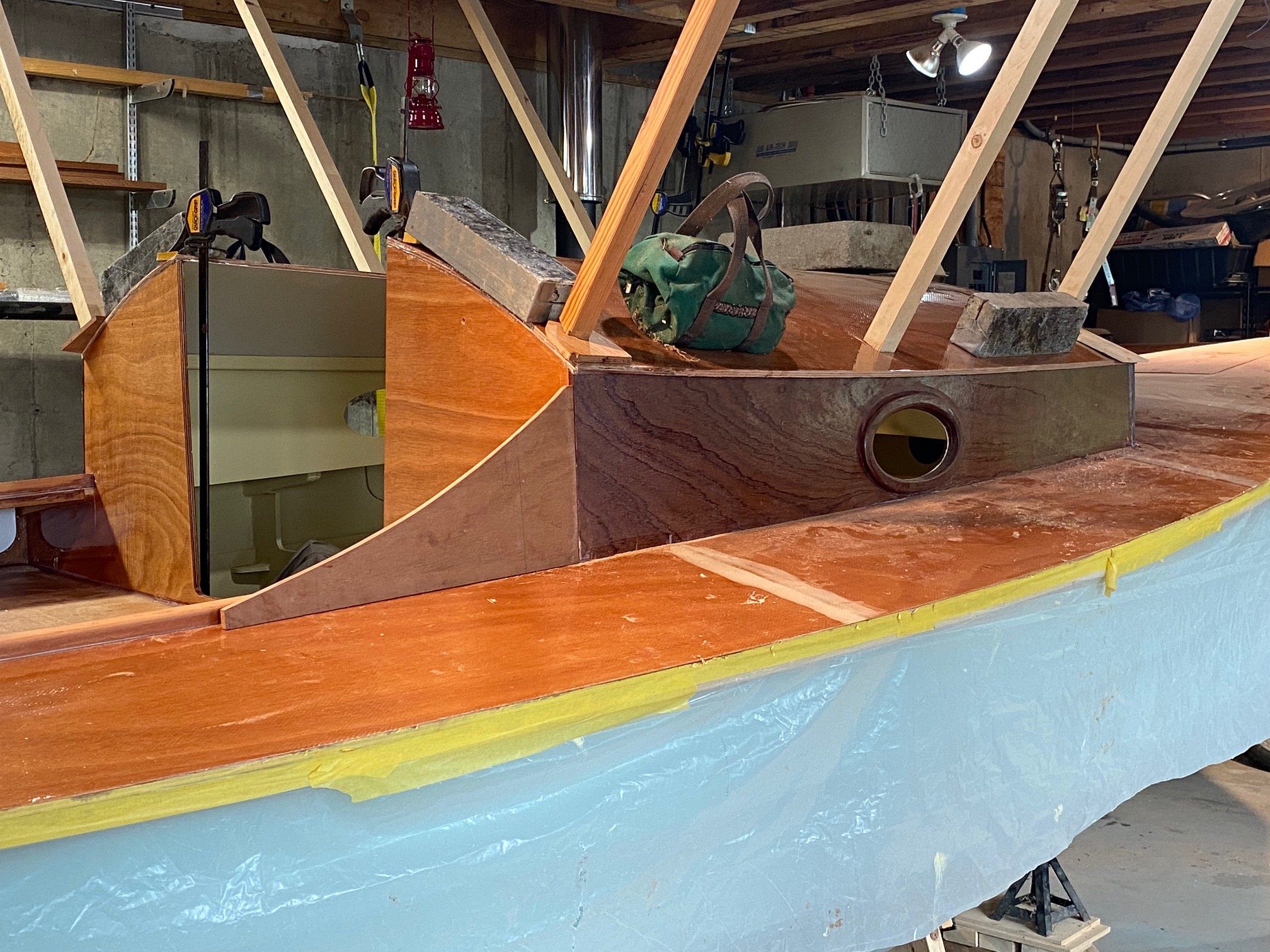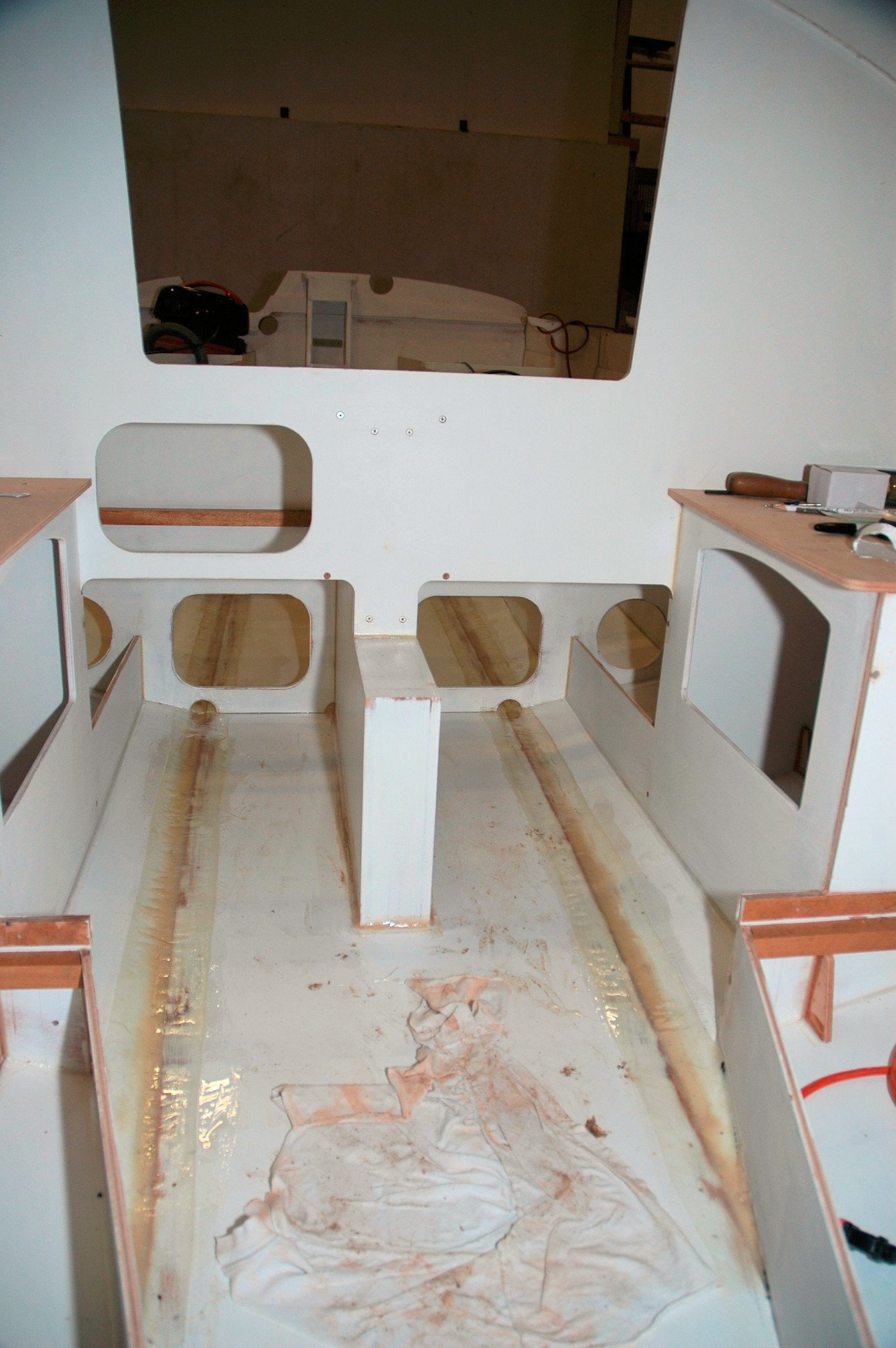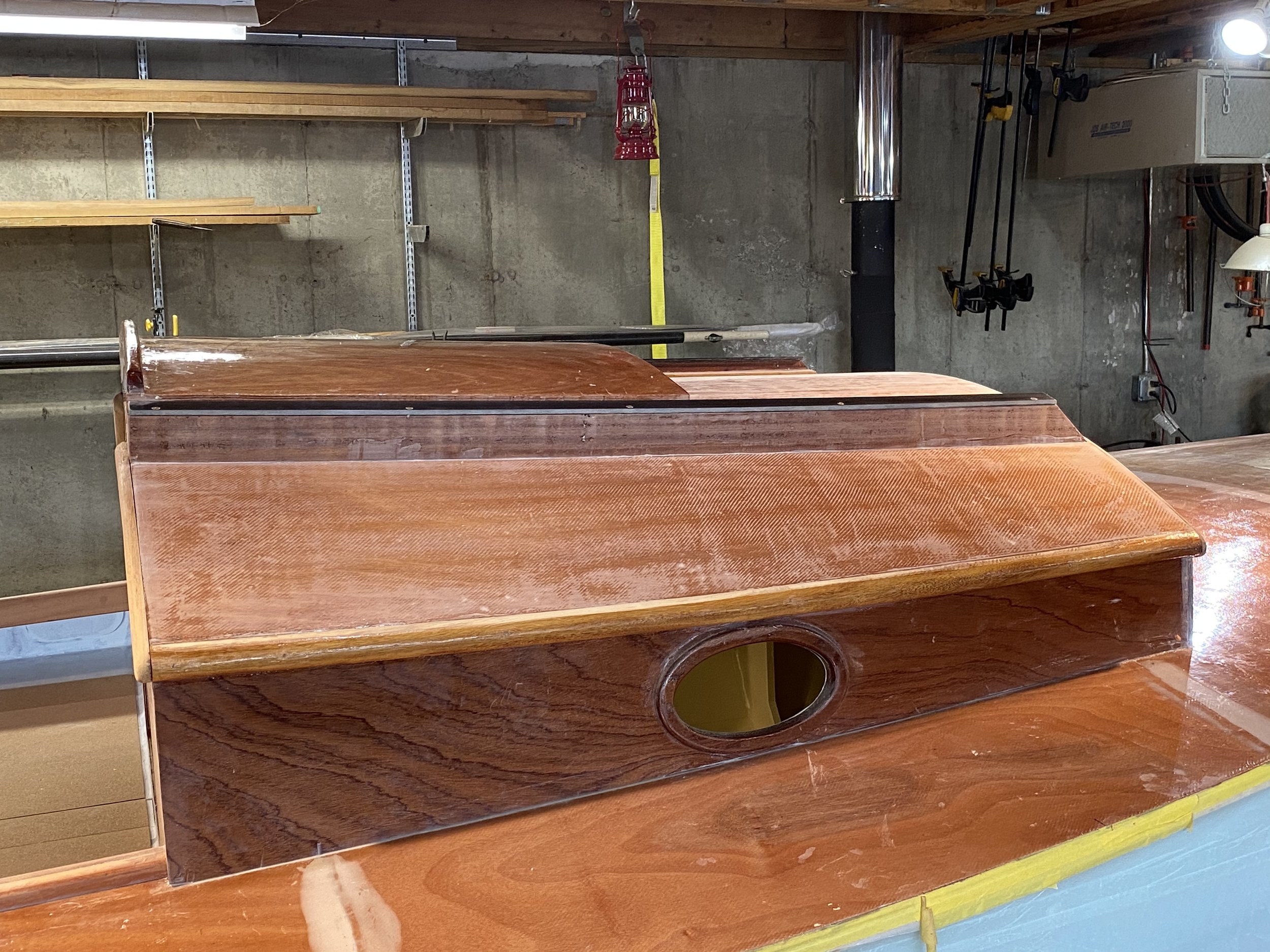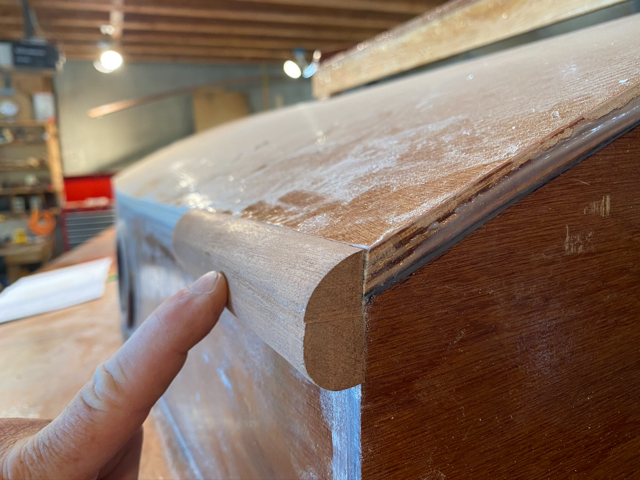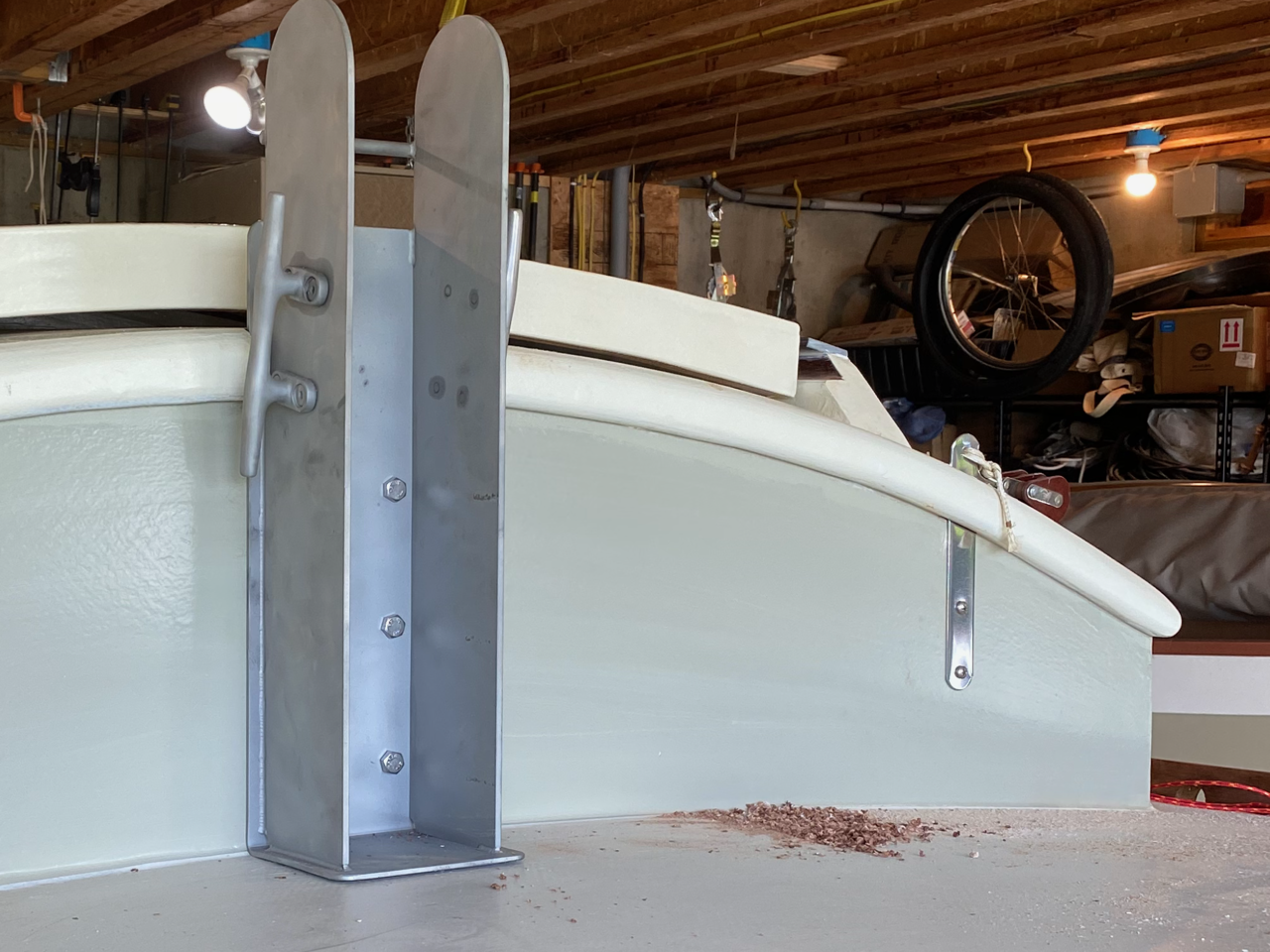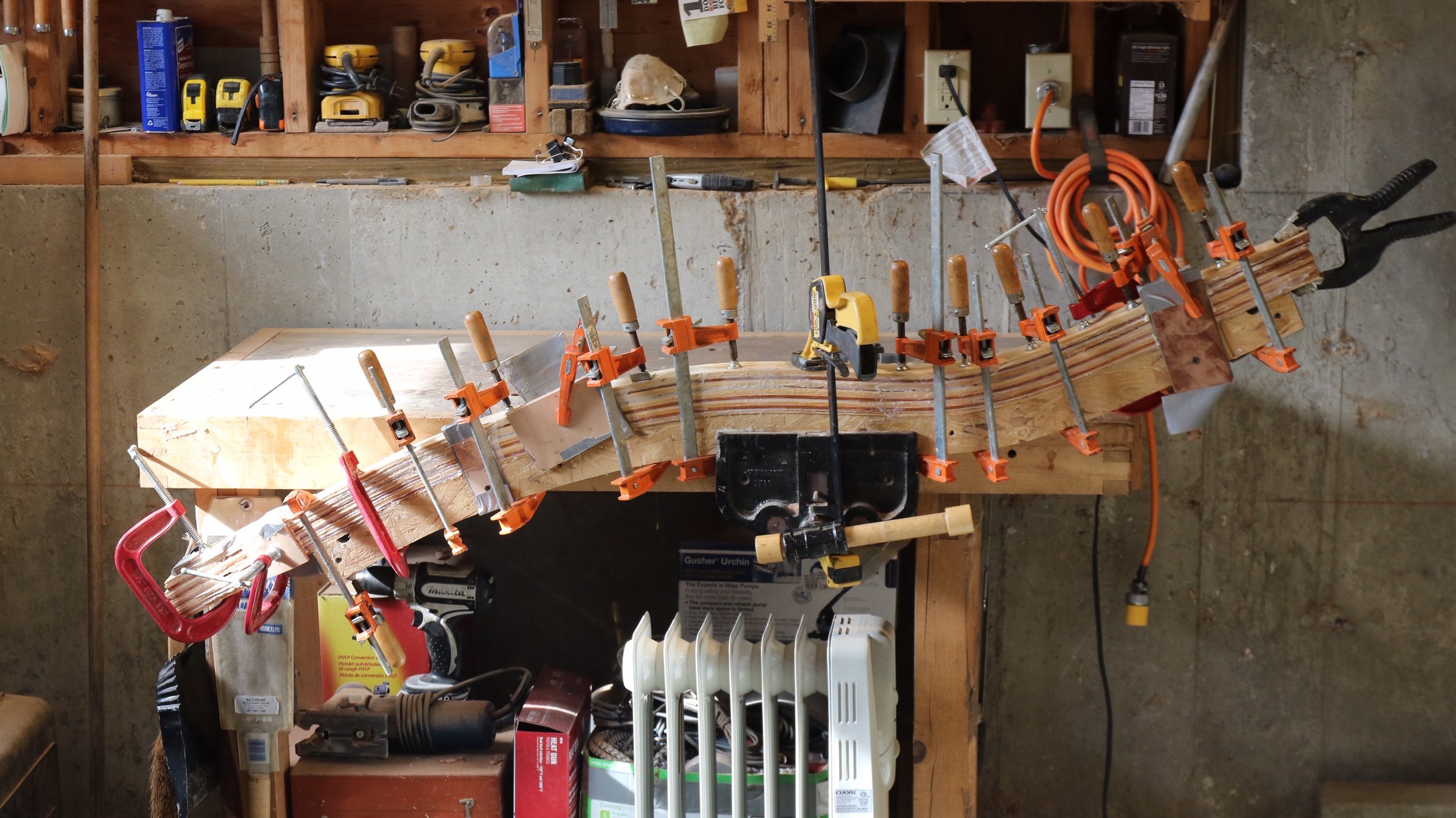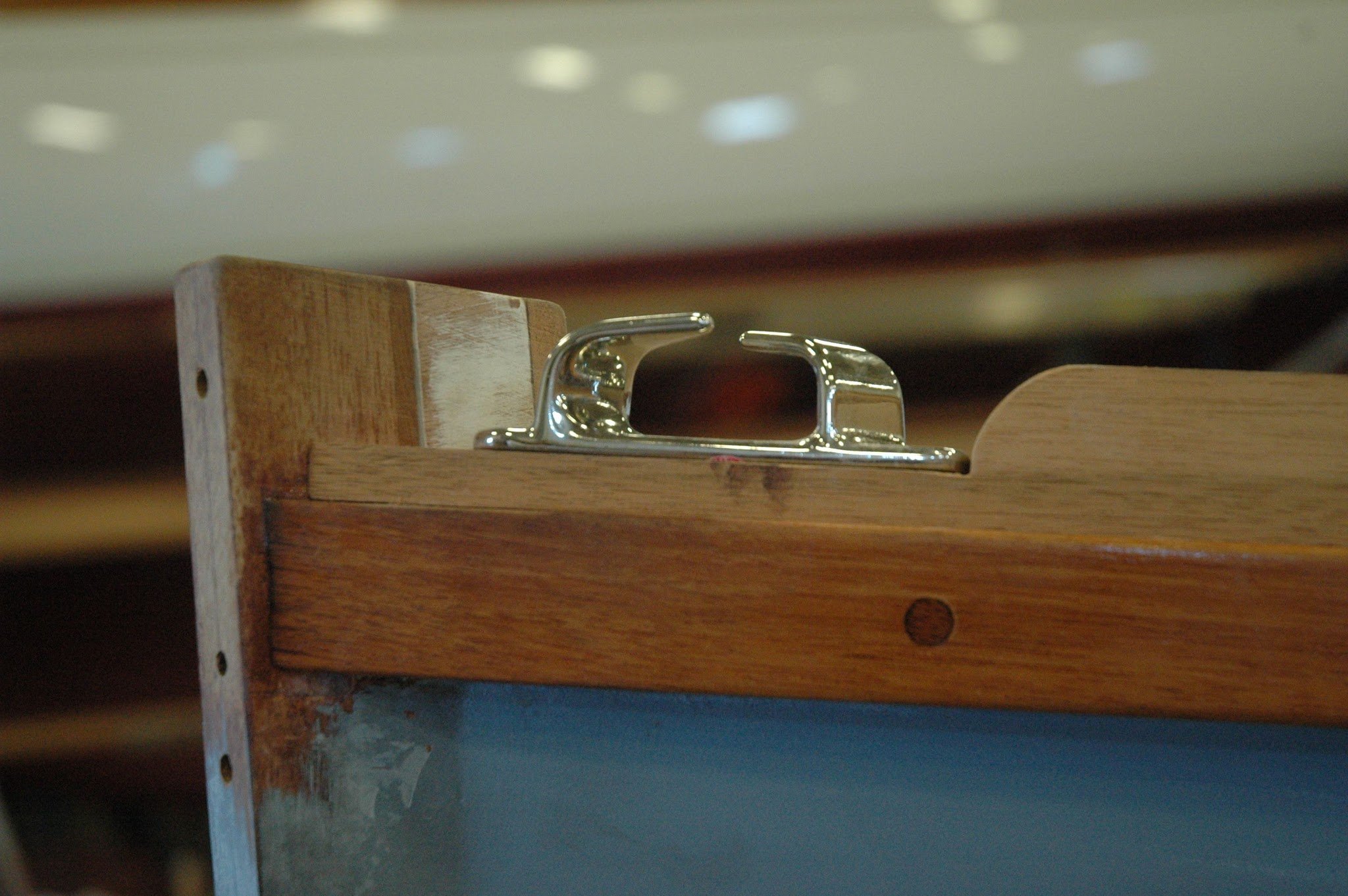Jewell
Stable | Comfortable | Family-friendly
A trailerable, cabin-daysailer by F. Vivier Architecte Naval
SPECIFICATIONS
LOA 19' 8"
LWL 17' 9"
Beam 7' 3"
Draft (board up/down) 15"/48"
Weight w/ 3hp motor ~1,500 lbs
Sail Area 237 sq ft
Jewell came from a discussion with Clint Chase, a boat-building partner in North America. As a family friendly day boat, she meets the following main requirements:
To be trailerable by an ordinary car, and therefore light, and be able to beach temporarily for loading/unloading.
To have a large, wide and deep cockpit, comfortable, allowing for fishing and a place where children could be safe.
To have a stable hull for family sailing but give excellent performance for weekend sails “with the guys”.
To have a cuddy cabin, with a toilet for women and children, a small galley to heat some meals and two berths to spend a night or two on board, or for napping.
We also made the choice of a yawl rig, firstly because it is beautiful, and also because Americans are fond of yawls. I was happy to make something different than the gaff sloop I generally prefer on such a day-boat (Stir-Ven, Beniguet, Lilou…). The yawl rig is very versatile, allowing one to sail under main only, or under mizzen and jib. The mizzen also allows the boat to safely point into the wind, tending itself while the skipper starts the motor, puts in a reef, or entertains the kids. In Jewell, the main mast is shorter and lighter, so easier to step. In addition, we intend to make the masts hollow-birdsmouth construction and use Dyneema shrouds, both light and easier to handle. The jib has overlap in order to improve pointing ability. It is always a mania for me to design fast boats, especially to windward, as it is also the best for safety. The jib is small, so can be easily tacked even if single-handed. The mizzen is a simple standing lug (stores in the cabin) improved with a foot flexible batten. The long boomkin crosses the transom, under deck, and is easily pulled into the boat for trailering.
Clint has broken down the whole boat kit for Jewell into two packages that each ship out on their own pallet. Part A includes strongback, marine plywood structural components and centerboard items as well as the timber components needed “before turnover”. Part B includes planking, remaining marine plywood parts like decks, etc. and the timber components for the hull post-turnover as well as spar timber kit materials.
Early sail on Fontana to tune sails. Built by Tony O’Connor Wooden Boats in Australia, an agent for Vivier and Chase boats.
The 3D model of Jewell showing the interior structure and layout.
Jewell ships on two pallets, a Part A kit and Part B kit which greatly makes the project more manageable for people from a time, space, and financial point of view!
Complete kit contents for the Jewell
plywood kit | timber kit | hardware kit | Epoxy kit
Jewell is designed to be made from a kit both by home builders or professionals between 800-1,200 hours. She is plywood lapstrake-built, over plywood bulkheads. Even the backbone, incorporating the centre-board case, is made of several layers of plywood. A CNC pre-cut kit is available for home builders and is also used, of course, by professionals as it save a lot of working time. The kit includes all moulds and supports, allowing one to erect the hull without the need of a yardstick! All planking features an interlocking NC scarf to accurately align the pre-cut planks. Hull construction is kept light: 9mm thick Okoume plywood in order to have a lightweight boat but a sturdy one able to withstand trailering and the hazards of any adventurous sailing along the coast.
Options, upgrades, and accessories for Jewell
-
Vacuum bag, laminated plywood parts: centerboard, rudder, and transom layers.
-
The timber kit for Jewell is divided into a pre- and post-turnover package. You can get the post-turnover package later with the spar timber kit as an option to reduce cost, save space, and so on.
-
We would be happy to customize the hardware kit within our offerings to better suit your interests.
-
CNC-foil shaped rudder and centerboard
Sails by Gambell & Hunter can be white, cream or tanbark
Construction Photos
The cockpit is made of two parts, a classic cockpit aft and an open full width cockpit forward. The cockpit is watertight and self draining. Recesses are fitted on sides to collect water and have it drained through Elvström type bailers in order to allow draining when the boat is heeled under sail. It will be possible to leave out the false cockpit floor in the case an owner did not need the self draining cockpit or wanted the extra cockpit depth and stowage under floorboards. There is an elegant, low and rounded coaming around the cockpit making it is possible to sit comfortably on the side decks. You may also sit on the aft side lockers, on the bridge-deck and also on the cockpit floorboard: very comfortable and well protected! Children and an adult can sit in the fore cockpit area out of the way of the mainsheet. A 3 to 4 hp, long-shaft motor mounts in a cut-out in the transom. When the motor is stowed into the dedicated locker, a removable shutter (filler piece) drops into place. There is no visible cut-out into the transom and the boat looks unaffected. A Torqeedo 1003 electric motor is an excellent alternative to a gasoline motor. As usual on my designs, there is a scull notch into the transom head and 3 m long oars may be stowed inside. It is possible to row from the bridge deck (two rowers side by side) as on Stir-Ven. The cabin has been drawn to give a enough comfort for short overnight jaunts and day-long excursions. In particular, there is sitting headroom, including the porta-potti toilet which is located at the deepest place. The berths are very long for comfort. The galley corner may be arranged as you like with a small stove. As there is no water ballast, you will find a lot of stowage space, including space for a cooler under the bridge-deck. Jewell is designed according to the EC and ISO safety rules in design category C (coastal sailing). She is unsinkable and complies with the wind stiffness test. After the first unit built by French & Webb is the USA, several Jewell are in Germany, Norway, Australia, Canada, UK, USA and France.
Umami, John Hartmann’s Jewell on an island in Maine. She is a vessel that will take care of you and bring you places. See John sailing in this video.
